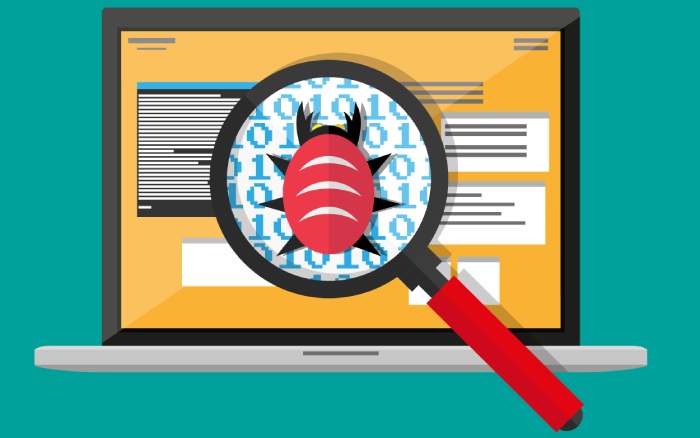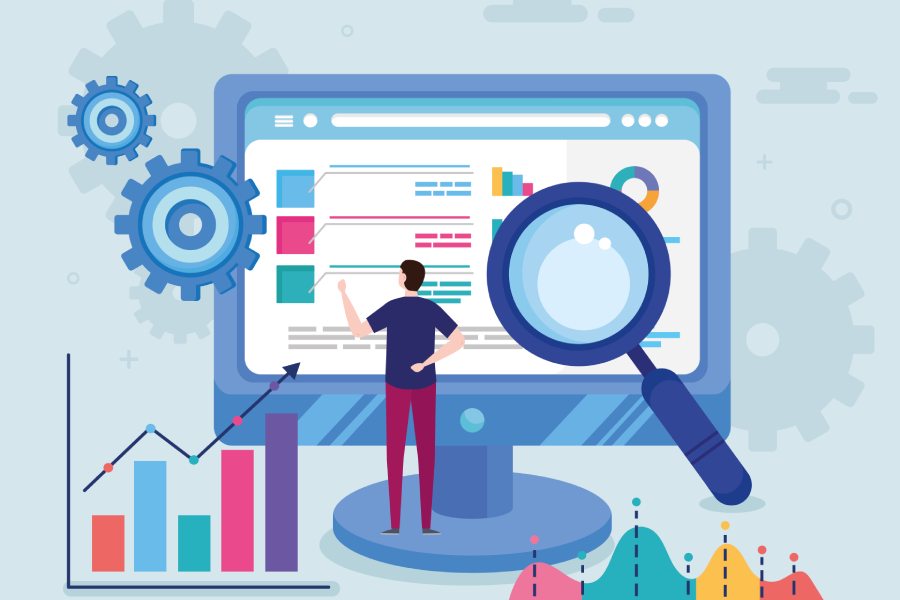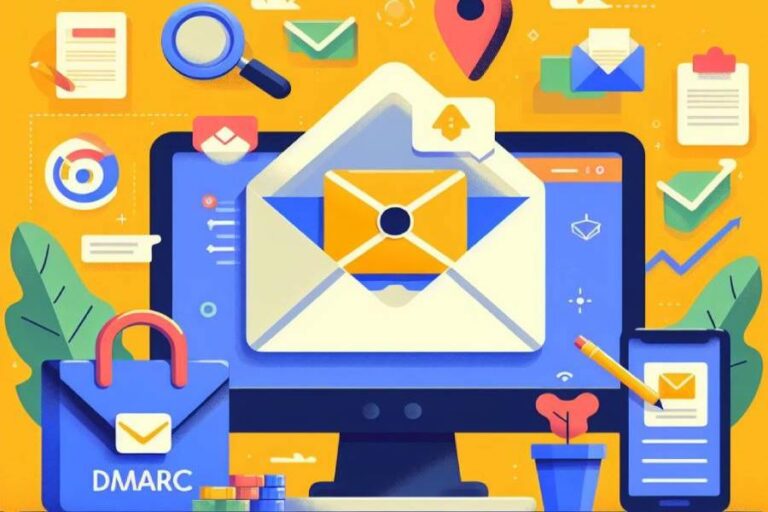8 Misconceptions About DMARC and its Deployment for Businesses
Even Google and Yahoo have mandated the implementation of DMARC for companies sending over 5,000 emails per day. However, many companies are yet to take DMARC adoption seriously; unfortunately, the myths lurking around this topic put them into a dilemma, and hackers very well know how to take advantage of email-based security loopholes. But, as they say, it’s never too late to start- so here we are bursting common myths about DMARC to push you to get started.
Why Companies Refrain From Implementing DMARC?
The DMARC world is still growing. You would be surprised to know that even by 2023 not all of the Fortune 500 companies have adopted DMARC. 12% or 60 companies are yet to be shielded by DMARC policies. Moreover, what’s worse is that even the ones that have DMARC in place use the ‘none’ or ‘monitoring’ policy, which is almost equivalent to a domain without DMARC protection. Here are possible myths barring them from being a DMARC-compliant domain owner.
1. SPF and DKIM are Enough
Owners of domains that are already compliant with SPF and DKIM disapprove of the additional security strengths that come with DMARC. Little do they know that DMARC is a reliable gateway for making decisions about an email sender’s legitimacy.
Yes, SPF and DKIM have their own sets of benefits, but when combined with DMARC, the trio rules the email security world and keeps phishing attacks at bay.
2. We are Office 365 or Google Workspace Users, and these Platforms Claim to Support DMARC
Office 365 or Google Workspace are capable of examining inbound emails of DMARC authentication, but what about receiving and analyzing DMARC reports? Neither of these platforms sends reports, and without studying these reports, there’s no benefit of implementing DMARC.
DMARC Forensic and aggregate reports inform you about how your email domain is getting used and if a malicious entity is trying to infiltrate the system. This helps you adjust DMARC policies and their implementation percentages. Not only this but by relying only on Office 365’s and Google Workspace’s protection, you will lose the benefit of knowing if any cloud or on-premise services are sending unauthorized messages by impersonating you or someone from your company.

3. DMARC Would Affect the Email-Marketing ROI
Instances of false positives are common for DMARC-compliant domains that are not monitored and maintained regularly and effectively. Companies insisting general IT experts (who are not proficient and specialized in handling SPF, DKIM, and DMARC) to set up and monitor DMARC should ditch this approach and instead onboard a specialist or outsource the responsibility to cybersecurity agencies.
When appropriately validated, DMARC significantly improves the likelihood of successful delivery of your marketing emails. However, a potential issue arises when implementing DMARC without prior identification and authentication of all marketing correspondence. This can lead to the accidental quarantine or rejection of legitimate marketing emails if a DMARC enforcement policy is activated.
4. It Takes Months to Set up DMARC
Manually setting up DMARC can definitely take weeks, if not months, but how about you switch to automatic tools? There are several online DMARC record generators where you just have to fill-in a few details like policy, DMARC aggregate report email, forensic feedback email, SPF and DKIM alignment, etc. That’s it, and you will receive a DMARC record instantaneously.
5. Staying Under the SPF Lookup Limit is Challenging
Being within the maximum lookup limit of 10 is challenging, especially for large enterprises. But using tools like AutoSPF’s automatic SPF flattener sorts out things for you. Such tools automatically flatten and compress all domains within an SPF record, which subsequently kills the need for frequent DNS lookups.
This helps you improve your domain’s email deliverability, ensuring all the legitimate messages get placed in the primary inboxes of recipients instead of getting marked as spam or rejected.
6. p=none is Better Than No DMARC At All
p=none means all legitimate and illegitimate messages will be placed in the inboxes. However, domain owners will receive reports for messages that fail SPF and/or DKIM authentication checks. So, do you think there’s any difference with respect to email security? No, right? Threat actors can still make successful phishing attempts, damage your business reputation, or make you liable to litigations.
p=none policy is called the ‘monitoring’ policy because it’s only meant for monitoring your domain’s email-sending activities for a while before you switch to a stricter policy. The relaxed policy has no capability to stop suspicious emails from being placed in the inbox folders. You must aim to reach a policy of quarantine or reject at 100% to reap the highest benefits of DMARC adoption.
7. DMARC Reports Are Difficult to Understand
Well, it’s not a myth that DMARC reports are complex and difficult to comprehend, but there’s a simple solution to this problem. All you have to do is use a tool that parses the complicated XML reports into simple language. DMARC forensic reports serve a dual purpose by aiding in the resolution of authentication issues within legitimate email flows and detecting the origins of malicious emails.

8. SPF Management is Complicated and Resource Consuming
Keep a few points in mind to overcome this challenge-
- Don’t miss out on enlisting any valid sending source.
- Update removal or addition of sending sources.
- Use SPF flattening tools to avoid exceeding the lookup limit.
- Avoid the use of mx and ptr mechanisms.
- Remove the references to domains and ‘include’ domains that are no longer in use.
- It’s suggested to use SPF for subdomains as well.
- Extra ‘+’ symbol in ‘include’
- Ensure the character string never exceeds the limit of 255 characters.
Myths Debunked! Now Take A Step Forward
DMARC is extremely important for the protection of domains and businesses. With that said, we humbly compel you to take the first step toward DMARC adoption, especially if you use Google or Yahoo to send emails.
This digital world is becoming a playground for hackers, but we must level up our security protocols and defeat them. Visit us today to talk about DMARC and more.







